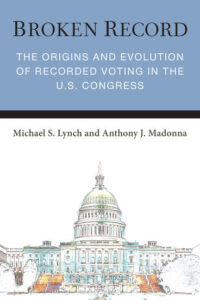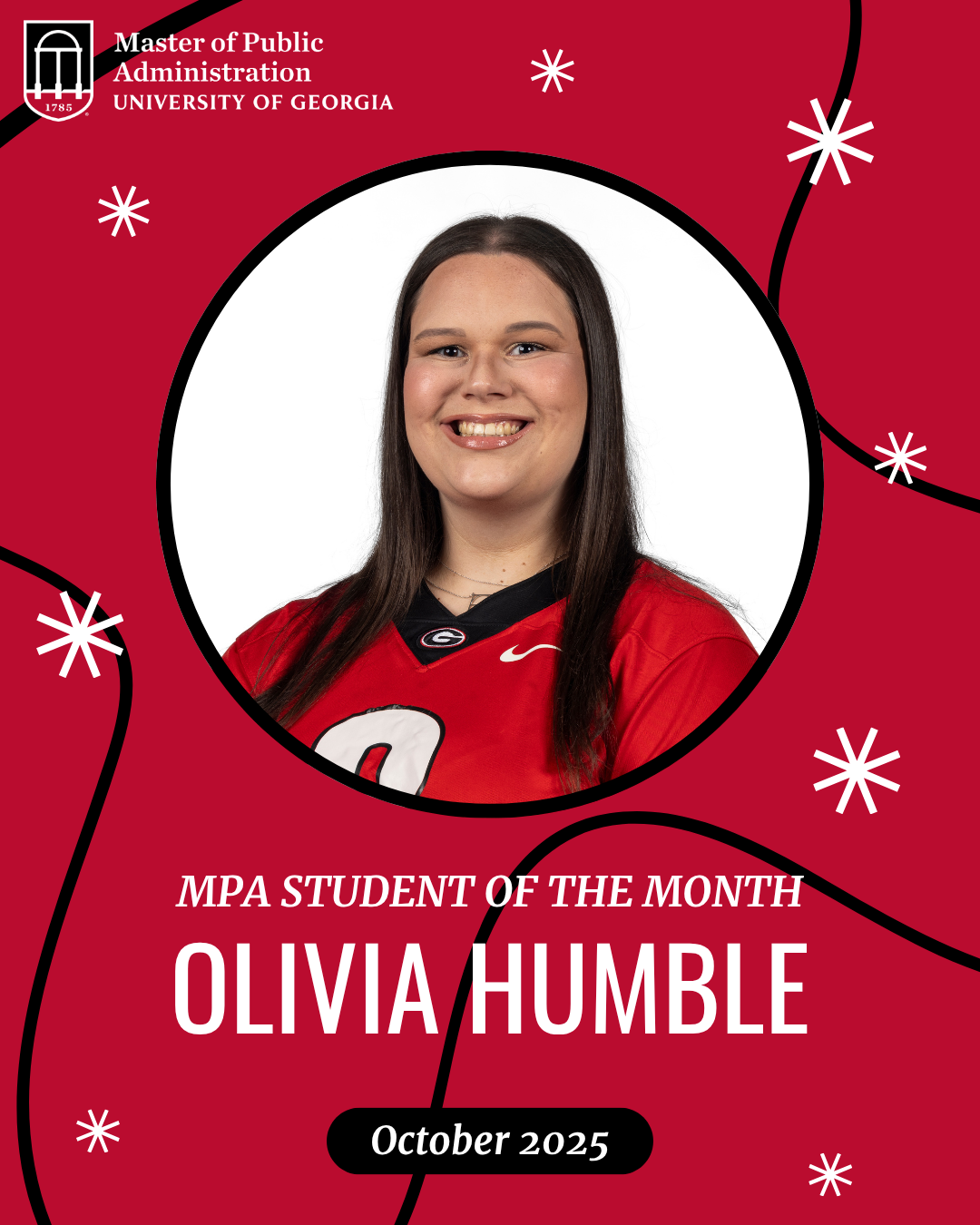by Caroline Paczkowski
What if the data we use to understand Congress— you know, those neat, numbered roll call votes shown on the screen on C-SPAN—were telling us more about political theater than actual lawmaking? That’s the premise behind Broken Record: The Origins and Evolution of Recorded Voting in the U.S. Congress, a new book that’s over a decade in the making.
 Born out of a conversation started during graduate school, Broken Record is the product of a 14-year investigation into how Congress decides which votes to record—and whether those votes truly reflect the legislative work that experts and the public rely on to understand partisanship and guide electoral choices. Authors Michael Lynch and Anthony Madonna, associate professors in the department of political science at the UGA School of Public and International Affairs, began with a simple question: Are roll call votes the transparent window into congressional decision-making that we believe they are?
Born out of a conversation started during graduate school, Broken Record is the product of a 14-year investigation into how Congress decides which votes to record—and whether those votes truly reflect the legislative work that experts and the public rely on to understand partisanship and guide electoral choices. Authors Michael Lynch and Anthony Madonna, associate professors in the department of political science at the UGA School of Public and International Affairs, began with a simple question: Are roll call votes the transparent window into congressional decision-making that we believe they are?
The answer, as their research reveals, is far more complicated than most Americans, as well as political experts, realize.
“Understanding how the roll call record is created is important, not just because political scientists use recorded votes in their research, but because recorded votes are how members and campaigns explain their legislative work to the public,” said the authors.
A Record of Division—By Design
The practice of roll call voting is rooted in the U.S. Constitution. Article I, Section 5, Clause 3 grants members of either chamber the right to request a recorded vote on any question, provided one-fifth of those present support the request. This mechanism was designed by the Founders to ensure transparency and accountability, allowing constituents to see how their representatives voted on key issues.
Often hailed as the gold standard for tracking congressional activity, roll call voting records have historically been the foundation of academic analysis into political polarization over time and the primary tool voters use to keep tabs on their representatives’ voting behavior. Broken Record reveals that this emphasis on roll call votes may be misleading.
Over time, Congress has shifted from using roll call votes to document meaningful legislative decisions—like passing bills or debating key amendments—to using them as messaging tools. Increasingly, votes are cast on procedural maneuvers, doomed amendments, or bills with no chance of becoming law. These votes often fall along strict party lines—with nearly all Republicans voting one way and all Democrats the other—not because the issues are substantive, but because the votes serve as signals of partisan identity. These votes are not about governance; they’re about optics.
“Congress gets to pick what it votes on,” stated the authors. “If party leaders want to highlight party differences, they schedule more votes on issues that divide the parties. If they want to hide division within their own party, they avoid votes that could divide their members.”
This strategic use of roll call votes creates a distorted picture of congressional activity. It makes lawmakers appear more ideologically divided than they actually are, and it overwhelms the public with data that is difficult to interpret. The result? A voting record that is mostly for show, making it harder for citizens to make informed decisions during election cycles.
A Book Built by Students
Perhaps the most remarkable thing about Broken Record isn’t just what it reveals—but how it came to be made. Professors Lynch and Madonna took a regular undergraduate classroom experience and turned it into an opportunity to dive deeper. More than 160 students contributed to the data collection, coding thousands of votes and helping to trace how congressional behavior has changed over time. For many of these students, the project was a gateway to careers in academia, public service, and legislative work.
“It was a teaching tool as much as a research project,” the authors note. “We weren’t just teaching the proceedings of Congress, we were helping students understand how Congress works through a deep analysis of policy decisions and voting records.”
Some of those students are now professors themselves, publishing their own books and continuing to work on American and congressional politics.
Why It Matters
At its core, Broken Record is a call to rethink how we evaluate partisanship and the effectiveness of congress. If the tools we use to measure polarization are flawed, then solutions like “voting out the bums” may be equally misguided. The book suggests that simplifying congressional procedures and reducing the number of roll call votes could help restore clarity and accountability. In an age of information overload and partisan spin, Broken Record offers a reminder: transparency without context can mislead rather than inform.







